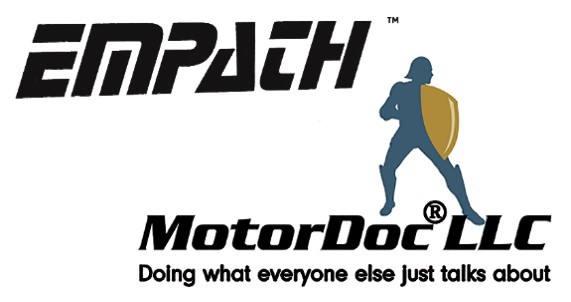Impact of Electrical Reliability and Precision Maintenance Programs on Energy and Environment in Commercial and Industrial Facilities
What is the impact of an electrical reliability program? Or even the application of a precision maintenance program Overall, the transition to a planned maintenance program from a reactive program has been identified by the US Department of Energy (US DOE) Industrial Assessment Centers (IAC) as having at least 14% improvement of all energy consumption…








